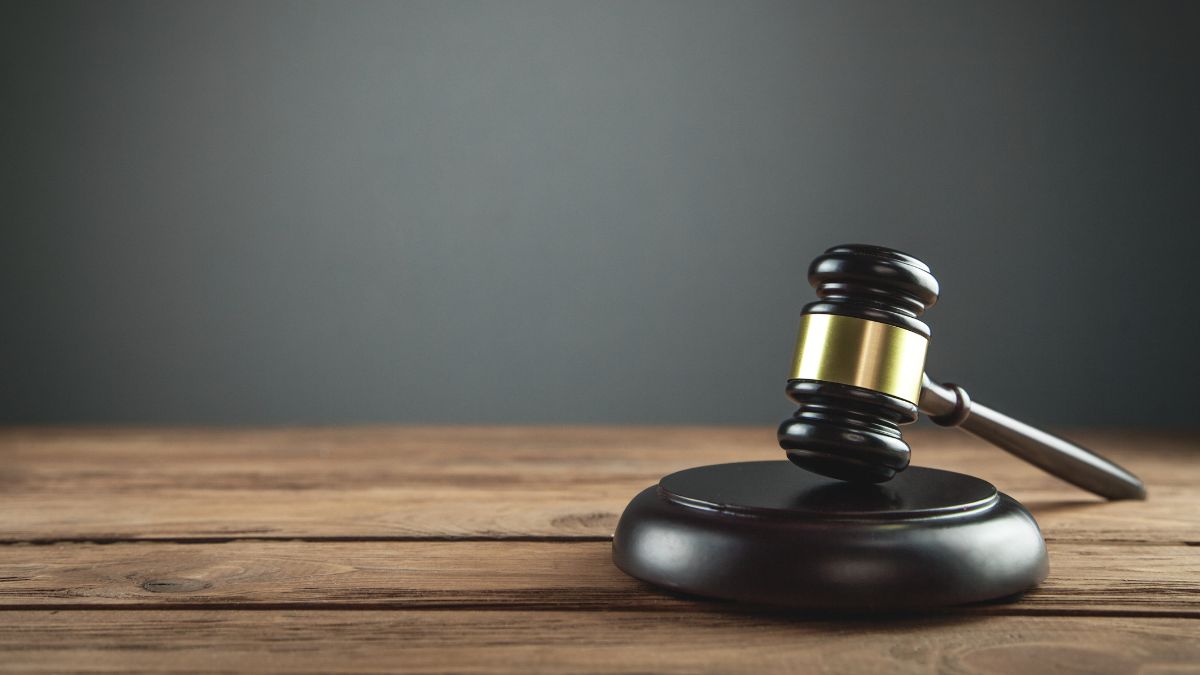The Indiana buffer zone law injunction has become a critical issue in Indiana’s legal and political landscape. This law addresses the balance between ensuring public safety, upholding constitutional rights, and protecting individuals at healthcare facilities, especially abortion clinics. In this article, we will explore the details of the Indiana buffer zone law, the injunction, and its impact on various stakeholders, including the public, healthcare providers, and law enforcement.
What is the Indiana Buffer Zone Law?
The Indiana buffer zone law injunction has become a critical issue in Indiana’s legal and political landscape. This law seeks to balance public safety, constitutional rights, and the protection of individuals at healthcare facilities, especially abortion clinics. In this article, we will explore the details of the Indiana buffer zone law, the injunction, and its impact on various stakeholders, including the public, healthcare providers, and law enforcement.
What is the Indiana Buffer Zone Law?
The Indiana buffer zone law, also known as the “public safety zone” law, creates a protective space around certain healthcare facilities. The law aims to prevent harassment and obstruction for people entering or leaving these locations. It primarily applies to abortion clinics and other centers offering sensitive services. The law restricts protestors’ ability to gather near these facilities by establishing a designated buffer zone.
A “buffer zone” refers to a specified distance—usually a few hundred feet—around the facility where protest activities are prohibited. The goal is to ensure that people can access healthcare services without fear of intimidation, harassment, or disruption.
Injunctions and the Indiana Buffer Zone Law
An injunction is a legal order that directs a party to do or refrain from specific actions. In the case of the Indiana buffer zone law, injunctions temporarily halt or modify the enforcement of the law. Courts use injunctions as tools to balance the constitutional rights of individuals, such as the right to protest, with the need to protect public safety and personal rights.
Courts may issue temporary injunctions to pause the enforcement of parts of the law. This gives time for legal reviews or appeals. Injunctions provide clarity on how the law should be applied and help protect both individual rights and public order.
Legal Precedents and Challenges
The Indiana buffer zone law has faced several legal challenges, especially from protestors and advocacy groups who argue that it infringes on their First Amendment rights. One significant case in 2018 involved pro-life organizations challenging the law. They contended that it violated their right to protest freely outside healthcare facilities.
On the other hand, Indiana defended the law, asserting its necessity for protecting individuals accessing healthcare services. Courts often compare the law to similar laws upheld by the U.S. Supreme Court, such as the Hill v. Colorado case in 2000. In Hill, the Court upheld a buffer zone law in Colorado that restricted protestors within a certain distance from healthcare facilities.
Whether buffer zone laws violate free speech rights remains a major legal question. Courts have issued injunctions in some cases, temporarily halting the law’s enforcement. These injunctions allow for more comprehensive reviews before a final decision is reached.
The Impact of the Indiana Buffer Zone Law Injunction
The Indiana buffer zone law injunction significantly impacts local communities, healthcare providers, protestors, and law enforcement. Below are some of the ways in which injunctions affect the law’s implementation:
1. Impact on Protests and Demonstrations
When courts issue injunctions, they may temporarily stop protests or restrict where protestors can gather. If a court halts enforcement, protestors may find it more difficult to demonstrate near healthcare facilities. While this protects individuals from harassment, it also raises concerns about the infringement on free speech.
The law limits protestors’ ability to express their views near certain sensitive facilities. However, it doesn’t prohibit protests altogether; it only restricts their proximity to designated areas.
2. Impact on Healthcare Providers
Healthcare providers, especially those offering abortion services, often face protests and disruptions outside their facilities. Injunctions help these providers by reducing harassment, providing a safer environment for patients and staff. Clinics benefit from a more peaceful atmosphere, ensuring that healthcare services continue without disruption.
3. Legal Uncertainty
Injunctions create periods of uncertainty for both law enforcement and healthcare providers. When courts issue injunctions, it temporarily halts the law’s enforcement, causing confusion over how to manage protests and demonstrations. This uncertainty requires ongoing legal assessments by all involved parties.
Examples of Indiana Buffer Zone Law Injunction Cases
Several legal cases highlight the complexities of the Indiana buffer zone law injunction. One notable example comes from 2018, when protestors challenged the law’s constitutionality in a case involving Planned Parenthood in Indianapolis. The court issued an injunction to temporarily halt the law’s enforcement until further hearings could take place. This case underscores the ongoing tension between public safety and free speech rights.
Key Data on the Impact of Buffer Zone Laws

Expert Opinions on the Indiana Buffer Zone Law
Legal experts have different opinions on the effectiveness and fairness of buffer zone laws. Some argue that the laws are vital to ensuring patient safety and access to healthcare services, especially at abortion clinics. Others assert that the laws infringe on constitutional rights to free speech and protest.
Professor John Adams, a constitutional law expert at Indiana University, explains, “The challenge lies in finding the right balance between protecting individuals’ safety and allowing protestors their constitutional rights. Injunctions provide temporary solutions that allow courts to evaluate the law’s impact.”
The Future of the Indiana Buffer Zone Law
The future of the Indiana buffer zone law injunction depends largely on ongoing legal challenges and shifts in public opinion. Courts will likely continue issuing injunctions as long as the law faces constitutional challenges. The state legislature may also revise the law to better balance public safety and the right to protest, ensuring fair treatment for both sides.
Conclusion
The Indiana buffer zone law injunction plays a critical role in addressing the ongoing tension between public safety and the right to protest. While the law seeks to ensure safe access to healthcare, it also raises important issues related to free speech and assembly. Legal challenges will likely continue, and injunctions will remain vital in determining how the law is enforced. Striking the right balance between protecting individuals and preserving constitutional rights will remain a central issue moving forward.
FAQs
- What is the purpose of the Indiana buffer zone law? The law creates a safe distance around healthcare facilities to prevent harassment and obstruction of people seeking services.
- How does an injunction affect the buffer zone law? An injunction temporarily halts or modifies the enforcement of the law, allowing for legal review or appeals.
- What role do protests play in buffer zone cases? Protestors argue that the law infringes on their right to free speech, while supporters defend it as necessary for public safety.
- Are injunctions permanent? No, injunctions are temporary measures that allow time for further legal proceedings or decisions.
- Who benefits from the Indiana buffer zone law? Healthcare providers and patients benefit from reduced harassment and a safer environment when accessing sensitive services.
- Do buffer zone laws affect freedom of speech? Critics argue that the laws limit the ability to protest freely, while supporters argue they protect individual rights to safety and healthcare.










